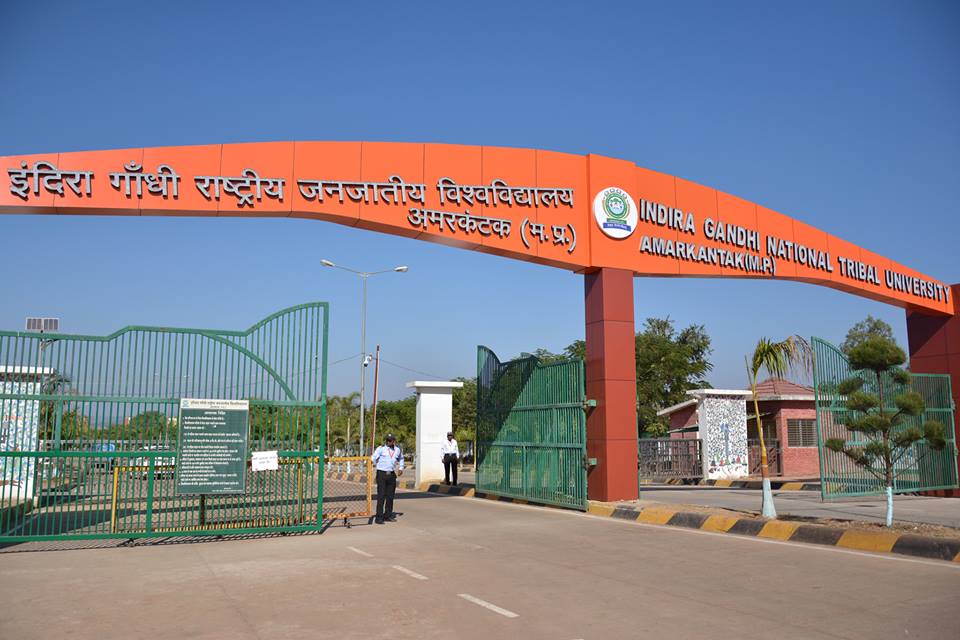CHANDIGARH, India : Charged Voids, an internationally acclaimed Chandigarh-based architecture and design firm, has designed a play-way school in Mandi Gobindgarh, a small industrial town in the heart of Punjab. The RIMT School, presently being constructed on one of the few remaining vacant plots in a densely packed residential neighbourhood, attempts to reinvent the school typology in Tier-3 cities in the country.
“Children tend to spend much of their day at school during their formative years. For architects and designers, it becomes vital to note the significant impact of the buildings they occupy on their well-being and growth. This means that a learning institution should not be perceived by kids as a vast, daunting structure. Instead, it should be brought down in scale so that it is conducive to building a free-thinking mindset and allows self-expression,” states Aman Aggarwal, Principal Architect at Charged Voids.
The design for the RIMT School was derived as a response to the dense urban context, breaking down a large built mass into several cuboidal units. These units are in proportion with the low-height residences that surround the site. Additionally, the scale of these blocks is cognizant of an intangible aspect of the design programme — the children’s perception of scale — aiming to make the school building more inviting than intimidating.
The pandemic has taught architects the importance of connecting with nature. Aggarwal explains, “We are ever more conscious of creating robust relationships between school classrooms and the outdoors. Thus, the negative spaces between the school blocks are courtyards and spill-over zones that help a holistic learning experience and create a healthy micro-environment in an otherwise difficult urban setting. Each classroom opens directly into these interstitial spaces in all four directions, which remain cool throughout the day owing to self shading among the blocks.” This feature also maximises the kids’ interaction with nature during school hours and makes recreation an important part of the learning environment and its experience, factoring in the learning that happens beyond classrooms.
The principal material used to construct the school is the locally available grey fly ash brick, made from the industrial waste abundantly produced by the town’s many furnaces, making it a cost-effective and environmentally responsible choice. The material also contributes to greater thermal comfort within the rooms.
The RIMT School is designed to solve the multifold issues of providing a safe, open, and healthy learning environment for children in Tier-3 towns in India, which are often defined by high urban densities. With all classrooms opening onto courtyards, the school effectively melds the outdoors with the indoors. The voids between the rotated blocks also serve as places of play, which is an integral part of children’s growing years. With this project, Charged Voids draws on nature, scale, and the element of play to elevate the quotidian school experience.








